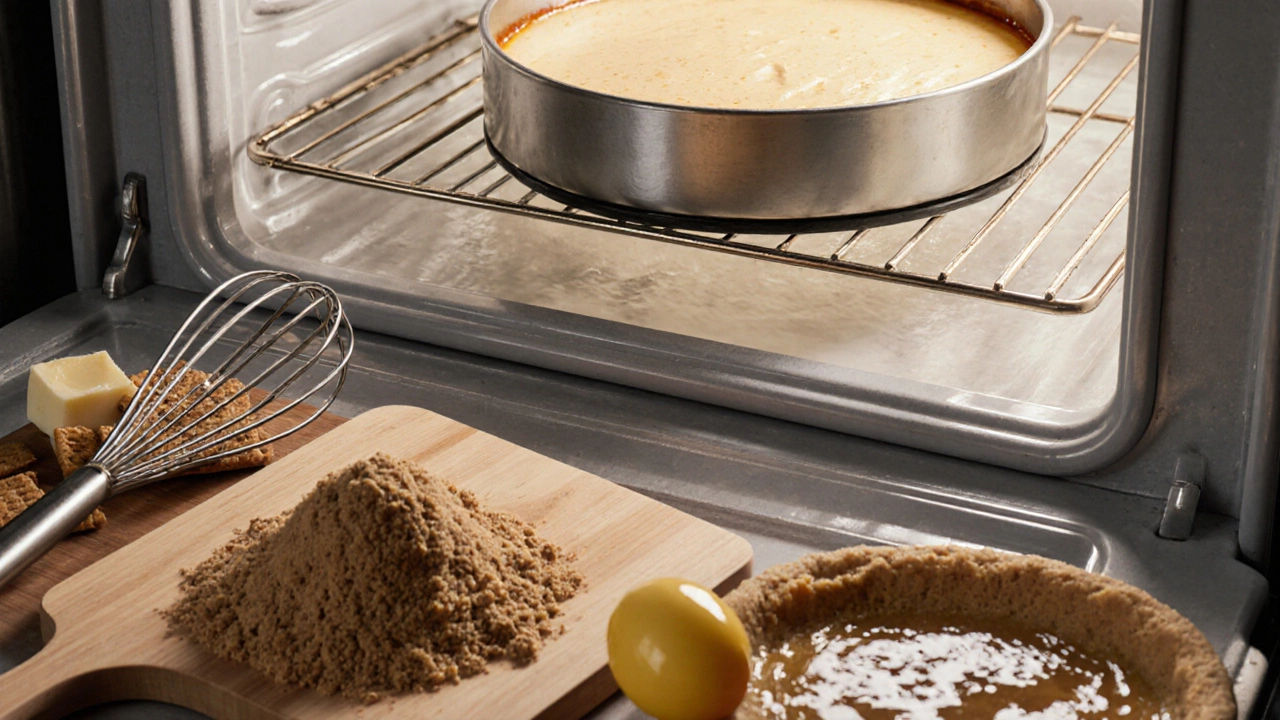
Quick Takeaways
- baked cheesecake gets its firmness from heat; no‑bake cheesecake relies on chill and stabilizers.
- If you want a classic, dense bite, go baked; for a light, airy slice, pick no‑bake.
- Preparation time is similar, but cooling time differs: baked needs oven time plus cooling, no‑bake needs only chilling.
- Both styles can be customized with toppings, but baked holds up better under hot sauces.
- Season matters - baked in winter, no‑bake in summer.
Understanding the Two Styles
When it comes to dessert, cheesecake is a rich cake made from cream cheese, eggs, sugar, and a crumbly crust that can be prepared in two fundamentally different ways. The first method, baked cheesecake, uses the oven to set the filling. The second, known as a no‑bake or chilled cheesecake, sets the filling through refrigeration and often adds a thickener like gelatin.
Both approaches aim for a creamy center and a crunchy base, but the chemistry behind each is distinct. Knowing the why helps you decide which style fits your schedule, equipment, and palate.
Ingredient Differences That Matter
Cream cheese is the foundation of any cheesecake, providing the tangy richness most people love. In a baked version, the protein in cream cheese coagulates when heated, giving the slice its firm texture. A no‑bake version still uses cream cheese, but it relies on gelatin a protein derived from animal collagen that solidifies when cooled to hold the filling together.
Other key players include:
- Egg - provides structure in baked cheesecakes through heat‑induced coagulation.
- Sour cream adds moisture and a subtle tang - optional in both styles, but more common in baked recipes to prevent cracks.
- Graham cracker crust a mixture of crushed crackers, butter, and sugar that forms the base - works for both, though some no‑bake bakers swap in cookie crumbs for a lighter crunch.
Because the no‑bake method skips the oven, many bakers increase the fat content with whipping cream to create a mousse‑like texture. The result is softer, almost pudding‑like, while a baked cheesecake feels denser, reminiscent of a custard.
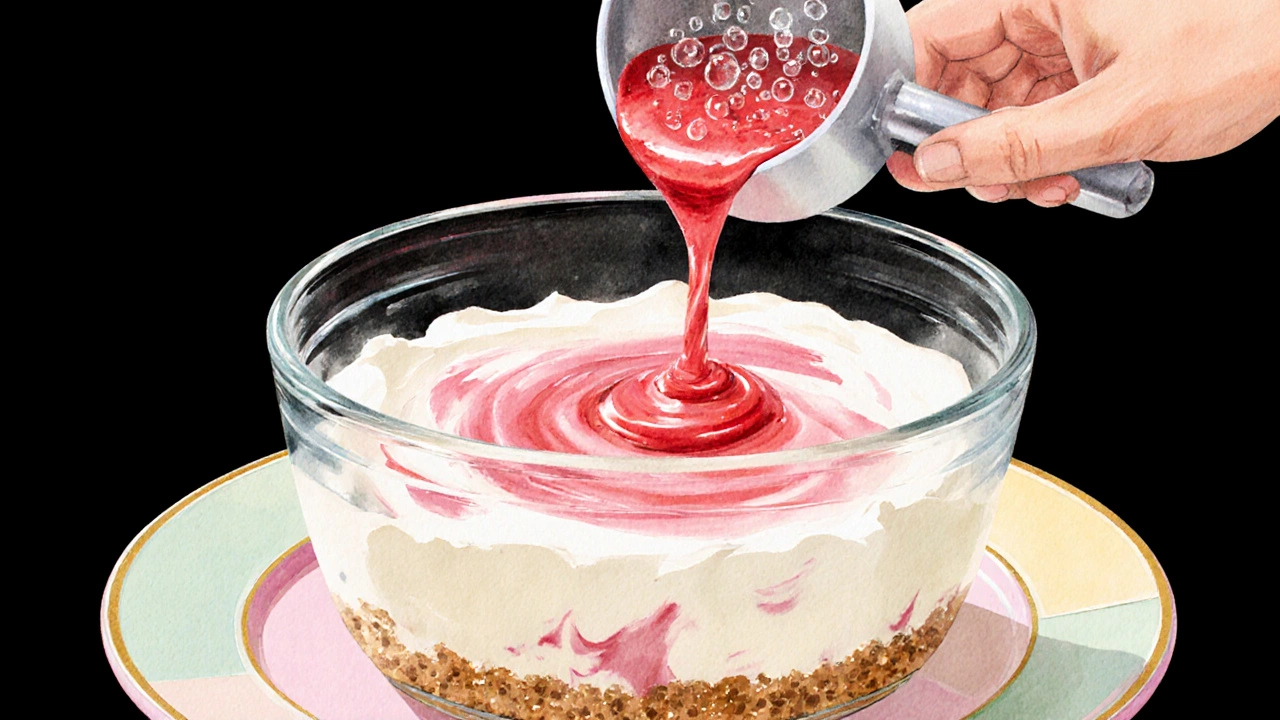
Texture and Flavor: What You’ll Taste
Texture is the clearest distinction. A baked cheesecake has a smooth, velvety mouthfeel that holds its shape when sliced. It can be slightly crumbly around the edges if over‑baked, but a well‑executed bake yields a creamy core with a faint wobble when the plate is tilted.
A no‑bake cheesecake feels lighter, almost like a mousse on a cookie base. The gelatin gives it a jiggle that resets after each bite. Some people describe it as “cheesecake‑ish” rather than “cheesecake‑like” because the flavor is the same but the structure is different.
Flavor-wise, both styles share the tang of cream cheese and the buttery notes of the crust. However, the baked version often develops a subtle caramelized edge thanks to the Maillard reaction on the top, especially if you finish it under a broiler. No‑bake versions retain a purely fresh dairy taste, which can feel brighter when paired with fruit toppings.
Practical Considerations: Time, Equipment, and Season
Preparation time for both styles is roughly the same - about 20 minutes to mix the filling and assemble the crust. The big difference lies in the post‑mix stage:
- Baked: Place the pan in a water bath, bake at 325°F (160°C) for 45‑60 minutes, then cool gradually. Total time can stretch to 3 hours including cooling.
- No‑bake: Dissolve gelatin in warm water, blend into the filling, then chill for at least 4 hours. No oven required, but you need solid fridge space.
If you lack a reliable oven or worry about overheating in summer, the no‑bake route is a safe bet. Conversely, if you enjoy the ritual of baking and want a dessert that holds up under a drizzle of warm chocolate sauce, go baked.
How to Choose the Right Style for Your Event
Think about the setting:
- Formal dinner parties: A baked cheesecake looks classic, especially a New York‑style version that can be sliced into perfect squares.
- Outdoor picnics: No‑bake cheesecakes travel easier - simply keep them in a cooler.
- Kids’ birthdays: The bright, fluffy texture of a no‑bake cheesecake pairs well with colorful fruit toppings.
- Holiday feasts: A baked cheesecake can be flavored with spices like cinnamon or nutmeg for a seasonal twist.
Also consider dietary tweaks. If you need a gluten‑free base, both styles can swap the graham cracker crust for almond‑meal crumbs. If you’re avoiding gelatin, replace it with agar‑agar a plant‑based gelling agent in the no‑bake version.
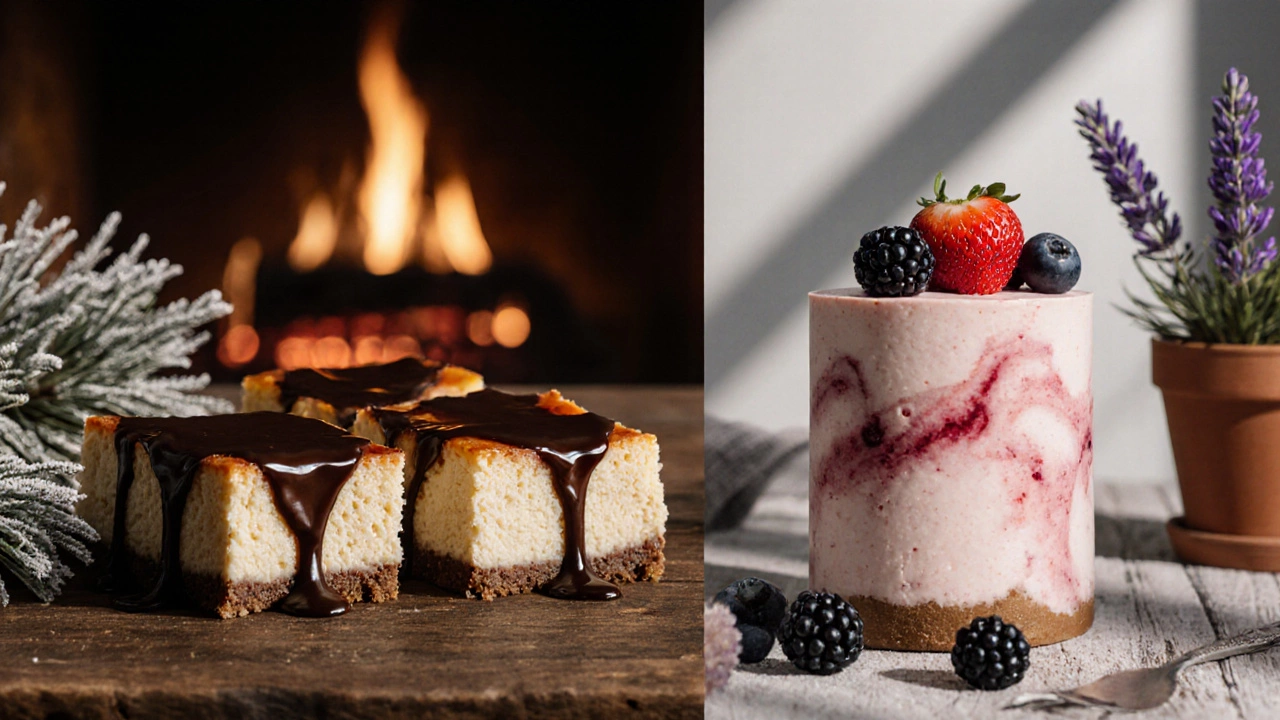
Sample Recipes to Try
Below are quick outlines for each style. Feel free to adjust flavors, sweeteners, or crusts to match your taste.
Baked Classic New York Cheesecake
- Blend 2 cups of Philadelphia cream cheese (room temperature) with ¾ cup sugar until smooth.
- Mix in 3 large egg, 1 tsp vanilla, and ½ cup sour cream.
- Press 1 ½ cups crushed graham cracker crust into a springform pan.
- Pour filling, bake in a water bath for 55 minutes, then turn off oven and let it sit for an hour.
- Cool to room temperature, refrigerate overnight, and serve.
No‑Bake Strawberry Swirl Cheesecake
- Soften 16 oz cream cheese with ¼ cup melted butter and ½ cup powdered sugar.
- Dissolve 1 tbsp gelatin in ¼ cup warm water; add to cheese mixture.
- Fold in 1 cup whipped cream for extra lift.
- Spread a layer of crushed graham cracker crust in a 9‑inch pan.
- Pour half the filling, swirl in a cup of pureed strawberries, then add the rest of the filling.
- Chill for 4 hours, then garnish with fresh berries.
Troubleshooting Tips
Even seasoned bakers hit snags. Here’s how to fix the most common issues:
- Cracks on a baked cheesecake: Avoid over‑baking, use a water bath, and let it cool gradually inside the oven with the door ajar.
- Runny no‑bake filling: Ensure gelatin is fully dissolved and the mixture is well‑chilled before setting.
- Dry crust: Add a bit more melted butter to the crumb mixture; bake the crust for 8‑10 minutes before adding filling.
- Unpleasant grainy texture: Sift the powdered sugar and cream cheese thoroughly to avoid lumps.
Final Verdict: Which One Wins?
There’s no universal answer. If you crave that classic, dense bite and enjoy a warm oven, the baked cheesecake wins. If you need speed, a summer-friendly dessert, or a lighter mouthfeel, the no‑bake version takes the crown. The real magic happens when you match the method to the occasion, the season, and your personal texture preference.
Can I freeze a baked cheesecake?
Yes. Wrap it tightly in plastic wrap and then foil. Thaw in the fridge for 24 hours before serving. The texture may become a bit crumbly, but the flavor stays intact.
Is gelatin necessary for a no‑bake cheesecake?
Gelatin gives stability, but you can replace it with agar‑agar or increase the amount of whipped cream for a softer set.
Why does my baked cheesecake crack on top?
Cracks usually mean the cake cooled too quickly or was over‑baked. Use a water bath, lower the oven temperature, and let it cool inside the turned‑off oven.
Can I make a vegan version of a no‑bake cheesecake?
Swap cream cheese for a vegan alternative (like cashew‑based cheese) and use agar‑agar instead of gelatin. The result is a plant‑based, chilled cheesecake.
What’s the best topping for a baked cheesecake?
Fresh berries, a drizzle of caramel, or a light rum sauce complement the richness without overwhelming it.


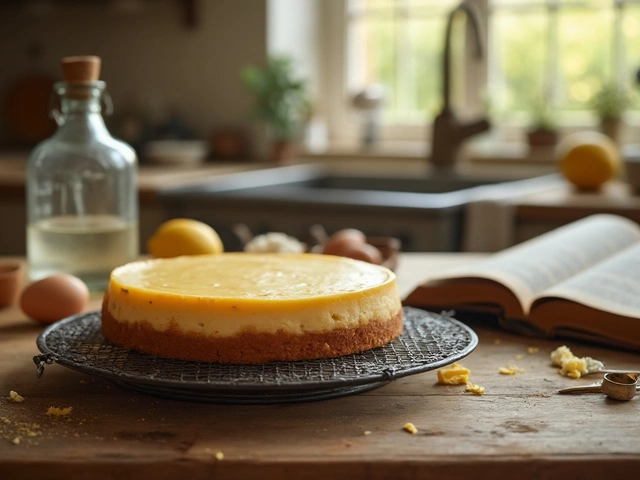
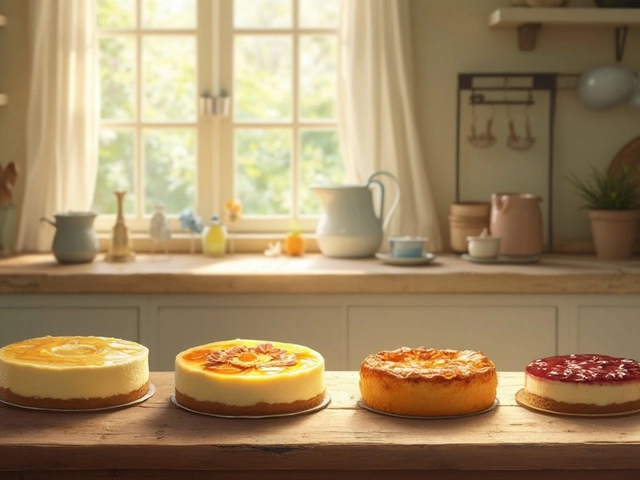
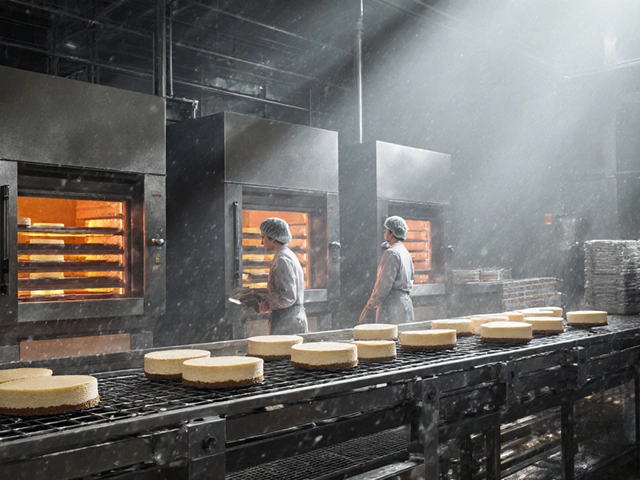

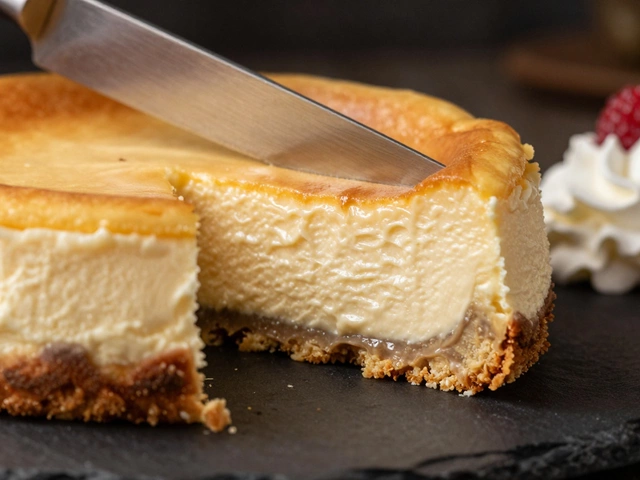
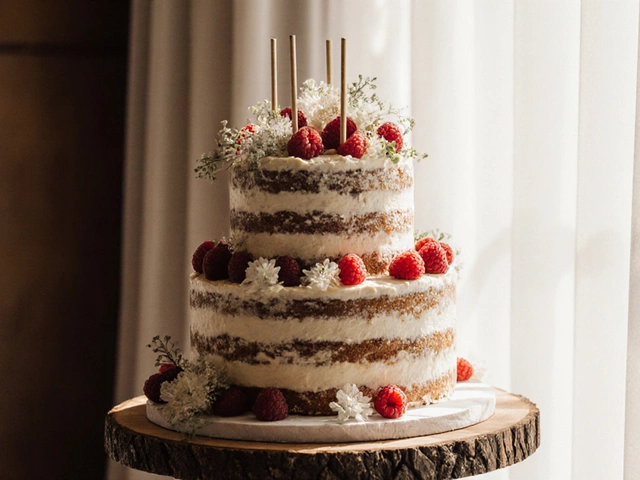
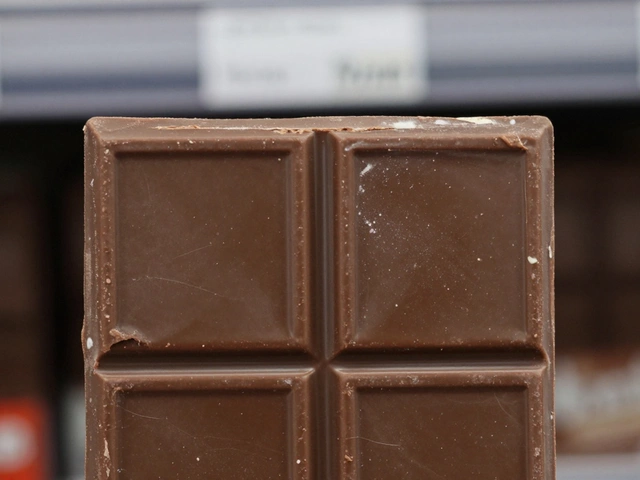
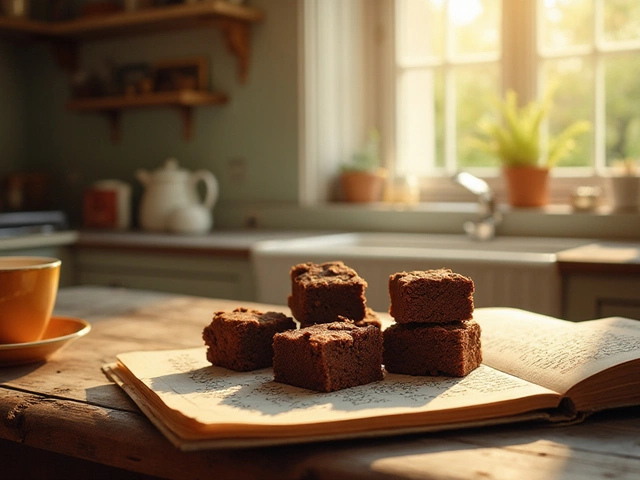
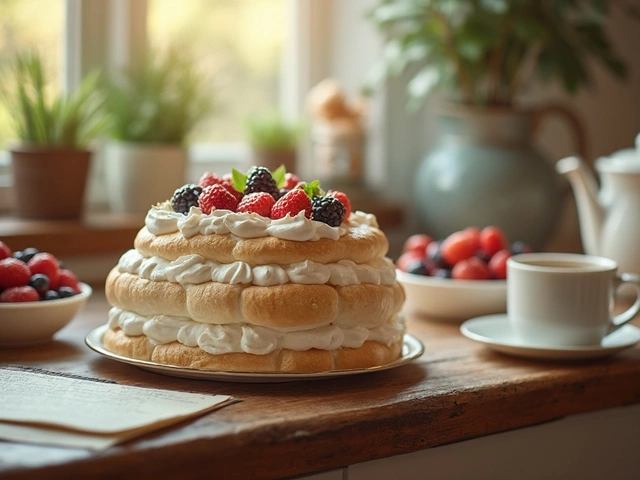

Write a comment